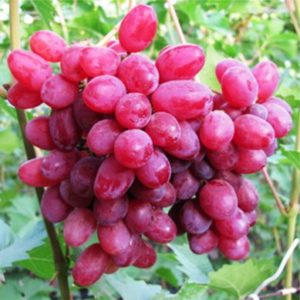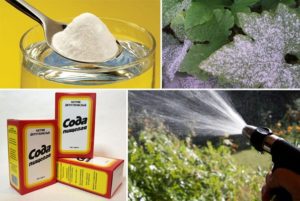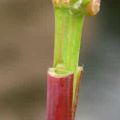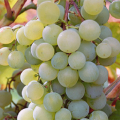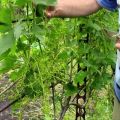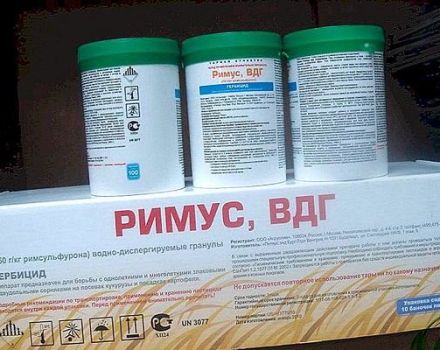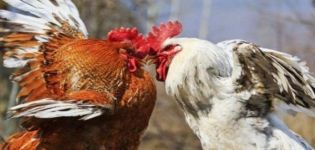Description and technology of growing Ruta grapes
Many summer residents are engaged in the cultivation of grapes. There are many grape varieties, but the Ruta variety is popular among gardeners. Before you start growing this plant, you need to familiarize yourself in more detail with its description and planting features.
Description and characteristics of Ruta grapes
To get acquainted with the distinctive features of the variety, you will have to understand its description.
Fruits and bushes
Ruta is classified as a medium-sized grape shrub, since the plant height reaches two meters. The advantages of the bush include well-knitted and dense branches that are resistant to temperature extremes. The leaves on the seedlings are of medium size, they are colored in a light greenish light.
Ripe grapes are egg-shaped, rather large. The weight of each berry reaches fifteen grams. Bunches of grapes are also large, weighing 700-800 grams.
Fruiting
One of the advantages of this variety is its early ripening period, due to which the crop begins to ripen within 85-95 days. This allows you to enjoy ripe grapes already in early August. It is not necessary to harvest immediately, as it can hang on the branches for a month. Therefore, you can start harvesting in late August or early September.
Ripe berries of the variety have a dense skin, on which traces of rot or cracks do not appear.
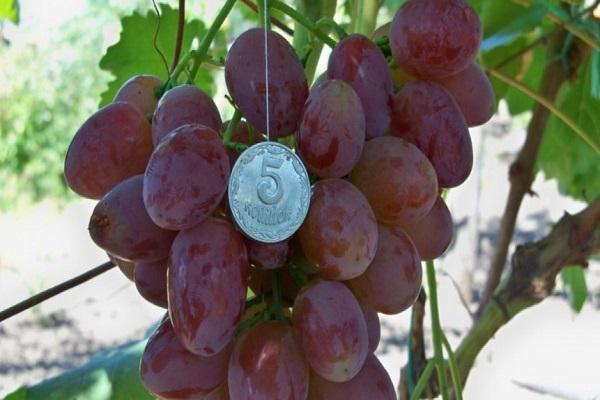
Features of the vine
A characteristic feature of the vine is its vigor and the female type of flower, thanks to which the plants pollinate quite quickly. Due to the fact that the vine grows strongly, it is recommended to plant seedlings in spacious gardens with a lot of free space. Also, supports are installed near each bush, to which the main stem with large branches is tied.
Genetic properties
Some consider Ruta a frost-hardy plant, but this is far from the case. The frost resistance of such grape bushes is not very high and is only 20-22 degrees below zero, which is quite low for a vineyard. Therefore, experienced gardeners recommend taking care of the insulation of the seedlings in advance.
However, the variety is resistant to diplodia and other diseases dangerous for vineyards.Resistance to powdery mildew and gray rot is estimated at three points.
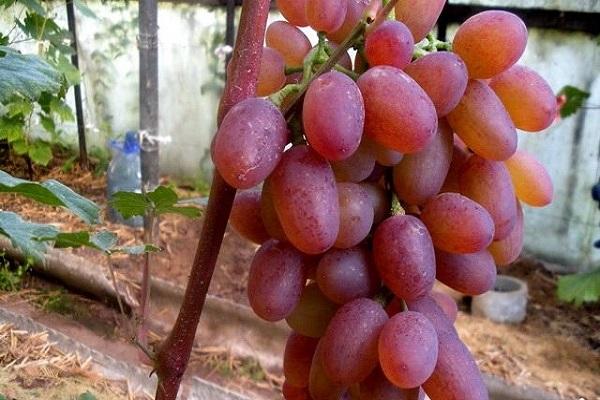
Positive and negative sides of the variety
Ruta, like other grape varieties, has advantages and disadvantages that should be familiarized with before planting a plant. The advantages of the variety include:
- rich taste;
- the rate of ripening of the crop;
- disease resistance;
- long-term preservation of the ripe crop.
Among the disadvantages are the following:
- a large number of seeds in berries;
- strong growth of the vine.
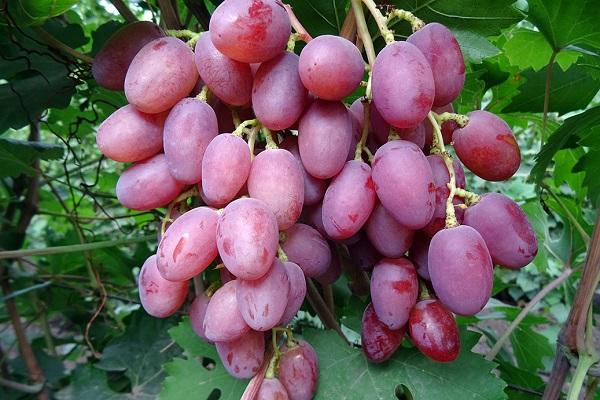
How to grow a crop correctly
There are several recommendations that will help you grow the Rutu variety correctly.
Preparing the landing site
Before planting, you must first prepare the seat. First, the site is carefully dug up and cleaned of weeds. Then mineral and organic dressings are added to the soil, which promote the growth of grape bushes.
Landing technique
Seedlings are planted in several stages:
- Creation of a landing pit. For this, a square pit is dug, the length and width of which is forty centimeters.
- Filling the pit. The bottom of the dug hole is covered with a thin layer of soil mixed with mineral dressings and water.
- Planting. After filling the planting pit, a seedling is carefully placed in it and sprinkled with soil.
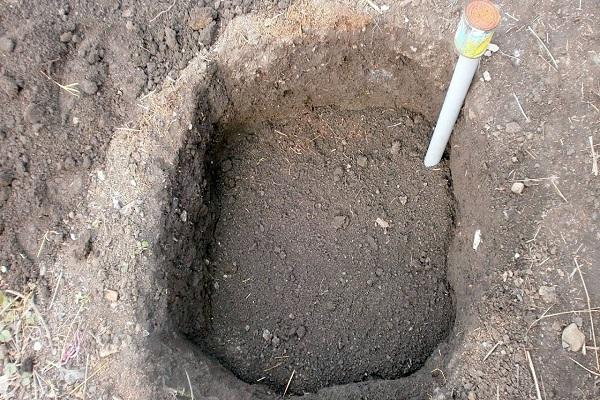
Plant Care Tips
The planted plant must be properly looked after so that it bears fruit well.
Watering
Experienced gardeners are advised to water the vineyards in the following cases:
- after planting;
- 7-8 days after cutting the stems;
- after being tied to the supports;
- a week before the appearance of flowers;
- before harvesting fruits;
- before hiding for the winter.
Top dressing
In order for the seedlings of the variety to bear fruit well, it is necessary to periodically feed the soil. Among mineral fertilizers, it is necessary to use mixtures that contain potassium, phosphorus and nitrogen.
The most effective organic fertilizers include manure, peat mixtures, wood ash and droppings.
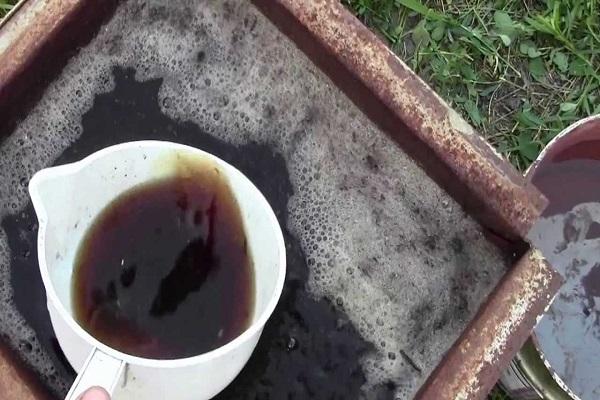
Pruning
The grape seedlings are pruned in the spring before the buds appear. At the same time, no more than sixty eyes are left on each bush. The next time the stems are trimmed is mid-summer. During this period of time, all unnecessary shoots are cut, which slow down the ripening of the crop.
Preparing for winter
Before the onset of winter frosts, the vineyard is necessarily covered with spruce branches. Gardeners advise using it, as it protects the seedlings from rodents, and also prevents hypothermia of the root system. The layer of spruce branches should be at least thirty-five centimeters.

Diseases and pests
Diseases dangerous for Ruta include:
- Powdery mildew. It provokes the death of leaves and stems of shrubs.
- Black spot. Promotes stem rot.
- Anthracnose. Fungus, leading to the death of young seedlings of the variety.
Dangerous pests are mites, golden beetles, leafworms and cushions.
Collection and storage of grape harvest
Harvesting is carried out in late summer or in the first half of autumn. The entire harvested crop should be stored in a cool place, where the temperature does not exceed ten degrees Celsius. High temperatures reduce the shelf life of the harvested crop.
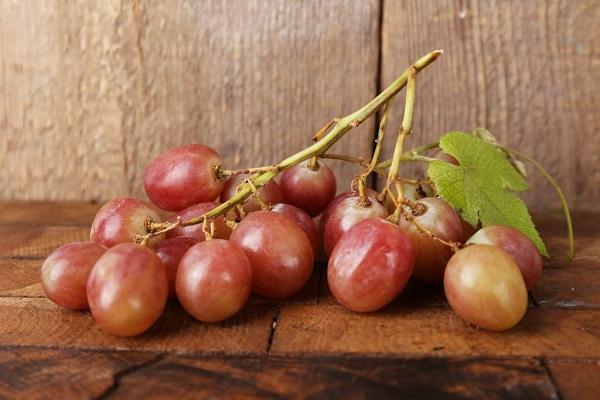
Conclusion
Some gardeners want to plant the Ruta grape variety on the site. However, before you start planting, you will have to familiarize yourself with the description of the variety and with recommendations for its cultivation.
